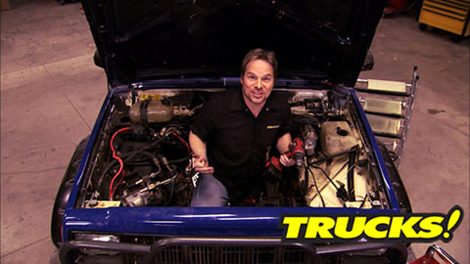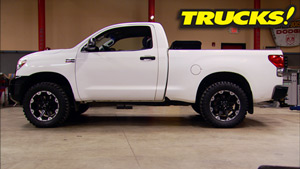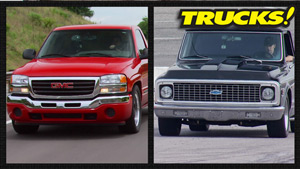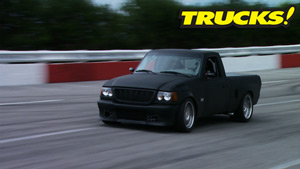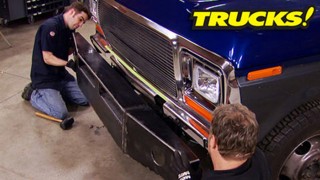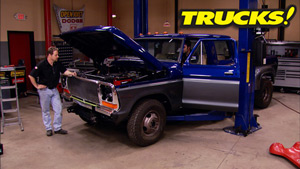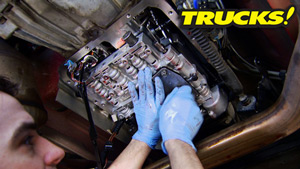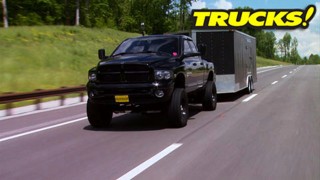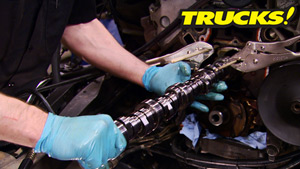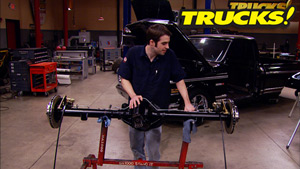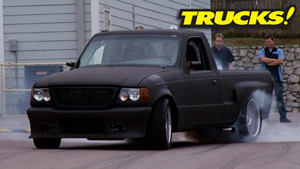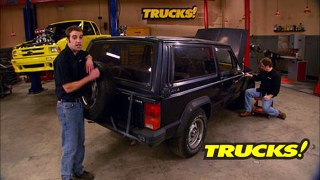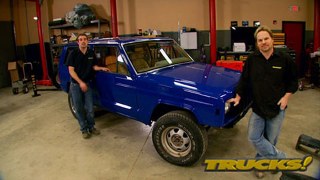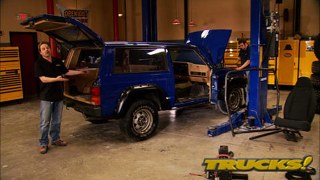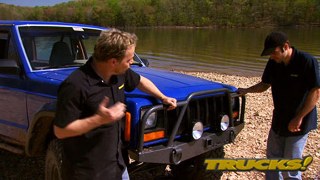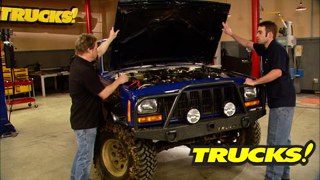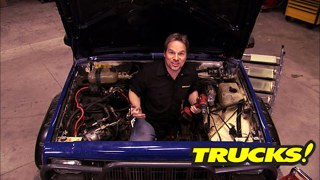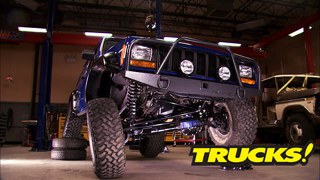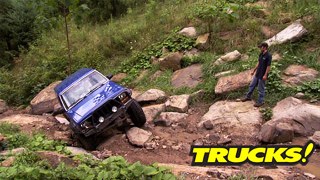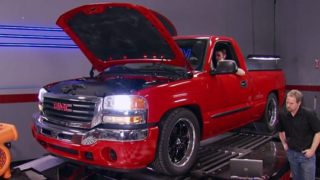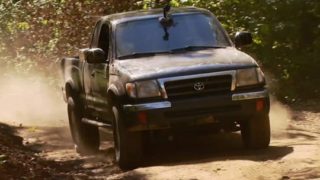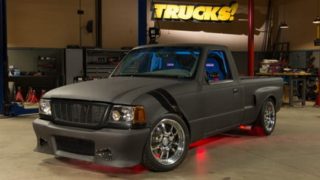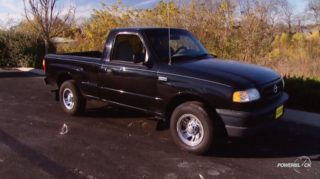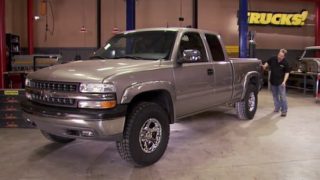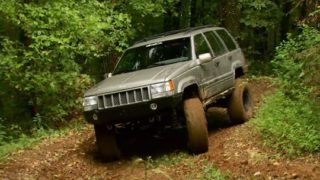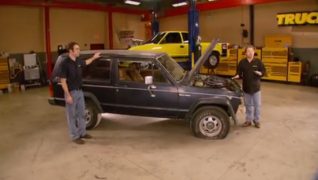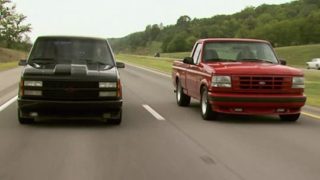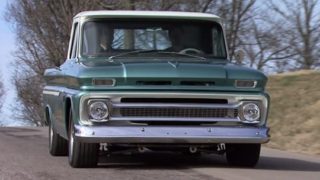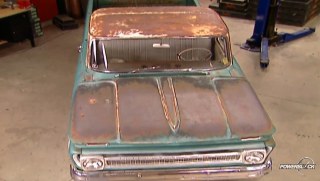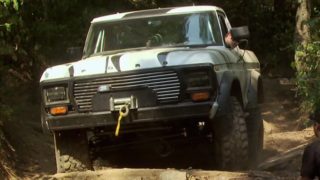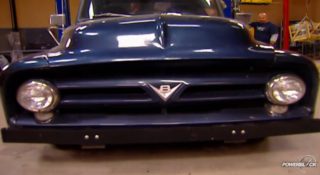More Cheep Cherokee Episodes
Trucks! Builds
Want more content like this?
Join the PowerNation Email NewsletterParts Used In This Episode
Comp Cams
Xtreme 4x4 Hydraulic Flat Tappet Camshafts for fuel injected, AMC High Energy Timing Set, High Energy Hydraulic Lifters.
Auto Body Color & Supply Co.
Red scuff pads.
Kimberly-Clark Professional
SCOTT Shop Towels.
Napa Auto Parts
Labor to Press Rod Bolts
O'Reilly Auto Parts
Remanufactured Cylinder Head
O'Reilly Auto Parts
Crank Kit 4.2l, Connecting Rods, .040 Pistons, Shipping, Piston Rings, Cam Bearings, Valve Keeper
O'Reilly Auto Parts
Remove Broken Bolt, Freeze Plugs, Install Freeze Plugs, R&R Cracked Head, Head Gasket, Conversion Set, Head Set
O'Reilly Auto Parts
.040 Bore, Chem Dip, Magnaflux, Align Hone, Install Cam Bearings, Zero Deck, Press Piston Pins, Balance Rotating Assembly X2
O'Reilly Auto Parts
Oil Pump, Pickup, Oil Filter, Thermostat, Thermostat Gasket, V-Belt, Harmonic Balancer
O'Reilly Auto Parts
Rubber Oil Pan Gasket, Rubber Valve Cover Gasket, Main Bearing Set .020
O'Reilly Auto Parts
Case of Brake Clean
O'Reilly Auto Parts
Microfiber towels 2-24 pack
O'Reilly Auto Parts
Motor Mounts
O'Reilly Auto Parts
Six Oil Filters (2)
O'Reilly Auto Parts
Knock Sensor
O'Reilly Auto Parts
Intake gasket, Nitrile Gloves
O'Reilly Auto Parts
8mm Valve Locks
